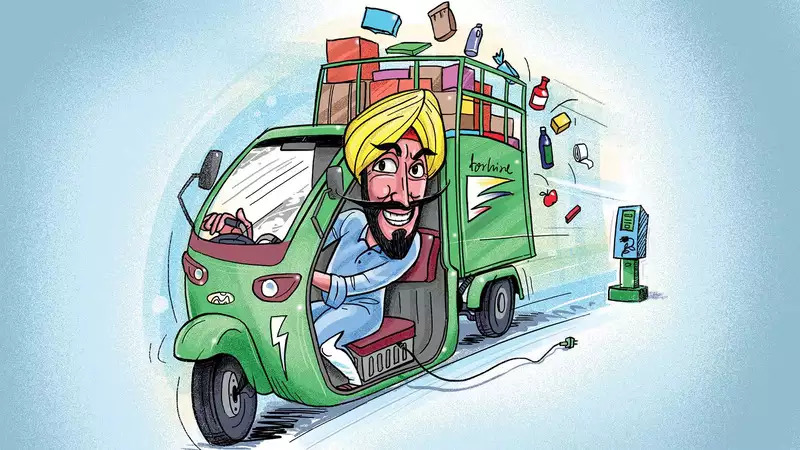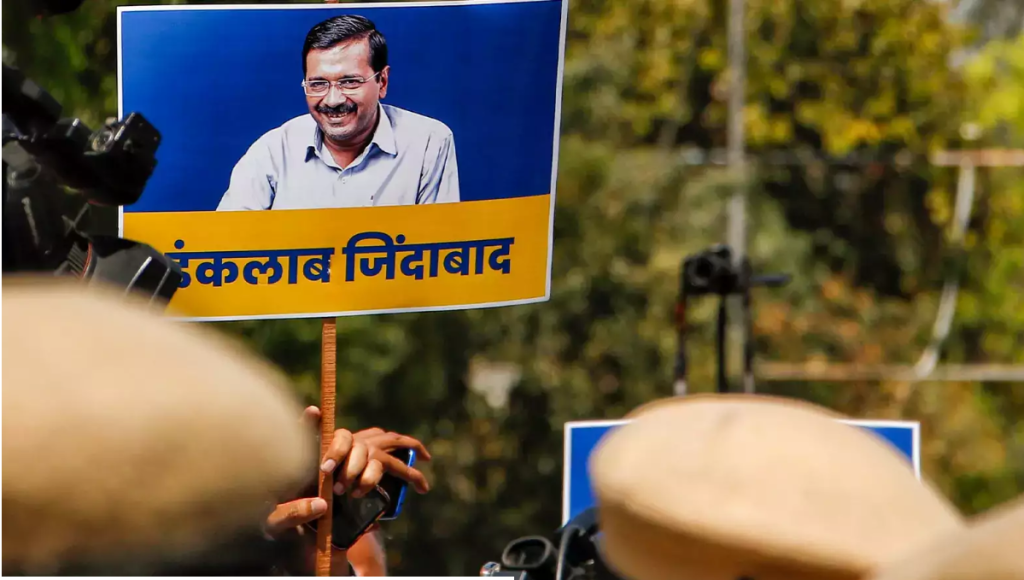For several years, Bihar has been India’s fastest-growing state. In 2013-14 it has been overtaken by another backward state, Madhya Pradesh, which grew 11.08% against the national 4.7%. MP has averaged over 10% in the last three years, even as national rate has plummeted.
Till the 1990s, backward states in the Hindi belt grew slowly, dragging India down. But in the 2000s, new leaders like Nitish Kumar in Bihar and Shivraj Singh Chouhan in MP have converted once-backward states into growth leaders, pulling India up.
Agriculture has been MP’s dynamo, averaging over 20% growth for three years. This is fabulous: rarely in history has any region consistently averaged even 10%. Chouhan’s irrigation thrust has quadrupled the irrigated area to 28 lakh hectares, completing major Narmada projects. The old power shortages have been replaced by surplus power, facilitating tubewell irrigation.
However, MP’s industrial growth rate has been weak, just 4.9% and 2.8% in the last two years. Agricultural growth is bound to slow down. A recent survey by Dreze and Khera placed MP last of 10 states in implementing welfare schemes. Chouhan knows he must diversify the economy, and improve governance. He plans a Global Investors Summit on October 9, to be inaugurated by Narendra Modi.
There are parallels between Nitish’s ouster of Lalu Yadav in Bihar and Chouhan’s ouster of Digvijay Singh in Madhya Pradesh. Lalu’s caste and religious combinations helped him win three elections in a row, but lack of development ultimately proved his nemesis. Digvijay Singh also won two elections in a row, using the jod-tod approach, the making and breaking of coalitions of vote banks, but then lost because of economic stagnation. In his second term, MP’s growth rate averaged a pathetic 1.9% annually. Then the BJP came to power, and growth soared to 6.9% in its first term and 9.1% annually in its second term. As in Bihar, fast growth repeatedly proved an election winner.
Digvijay Singh, like all Congress leaders, never viewed economic development as critical in winning elections. Far more important, he believed, was jod-tod, using patronage networks, subsidies and pay-offs to woo key vote banks and break others’ vote banks. This was the Congress strategy for decades, since it traditionally had the deepest pockets and biggest patronage networks. As the party of Independence, the Congress aimed for a rainbow coalition of all votebanks. But in due course, various regional and caste vote banks developed parties of their own, and beat the Congress in jod-tod.
Lalu Yadav first united the backward castes and then used the Yadav-Muslim combination to win elections. He said dignity mattered, not economic development. This formula worked for some time, but ultimately proved electorally disastrous. Nitish Kumar came to power on the platform of good governance, not GDP growth. But good governance, by jailing thousands of gangsters, ended the fear that had stymied investment and trade in Lalu’s time, so the economy soared. This was helped by economic liberalization in New Delhi that had created record GDP growth, record revenue growth, and hence record transfers of central cash to backward states. Nitish used this to invest massively in roads and other infrastructure, which further stimulated the economy. This made Bihar India’s fastest growing state.
Digvijay Singh neglected infrastructure and growth for too long. When Chhattisgarh was hived off as a separate state, MP lost most of its mines and power stations, and plunged into a power crisis. The Pay Commission award of 1998 left many states bust, including MP. Digvijay, in his last two years, embarked on building nine major roads, but it was too little, too late. The BJP fought the 2003 election on a bijli-sadak-paani platform and thrashed him. The BJP got off to a bad start with two CMs (Uma Bharti and Babulal Gaur) in two years, but then Chouhan came to power and stayed. He started diffidently but, like Nitish, found conditions conducive. The reforms that had created record national growth also created record transfers of central cash to his state, enabling him to invest massively in infrastructure. In Bihar and MP, the resulting fast growth created an even faster growth of local revenue. Growth, revenue and infrastructure spiralled up in a virtuous cycle, and won elections too. Both states are still poor and corrupt, but less so, and now have a future.
When Bihar was partitioned, Jharkhand got most of the minerals, power plants, and revenue. MP faced an identical problem when Chhattisgarh was hived off. In both states, partition was viewed as an economic disaster. Yet Nitish and Chouhan both proved that development-oriented leadership could offset dire economic conditions and stoke record growth. That heartening lesson bodes well for India’s future.




